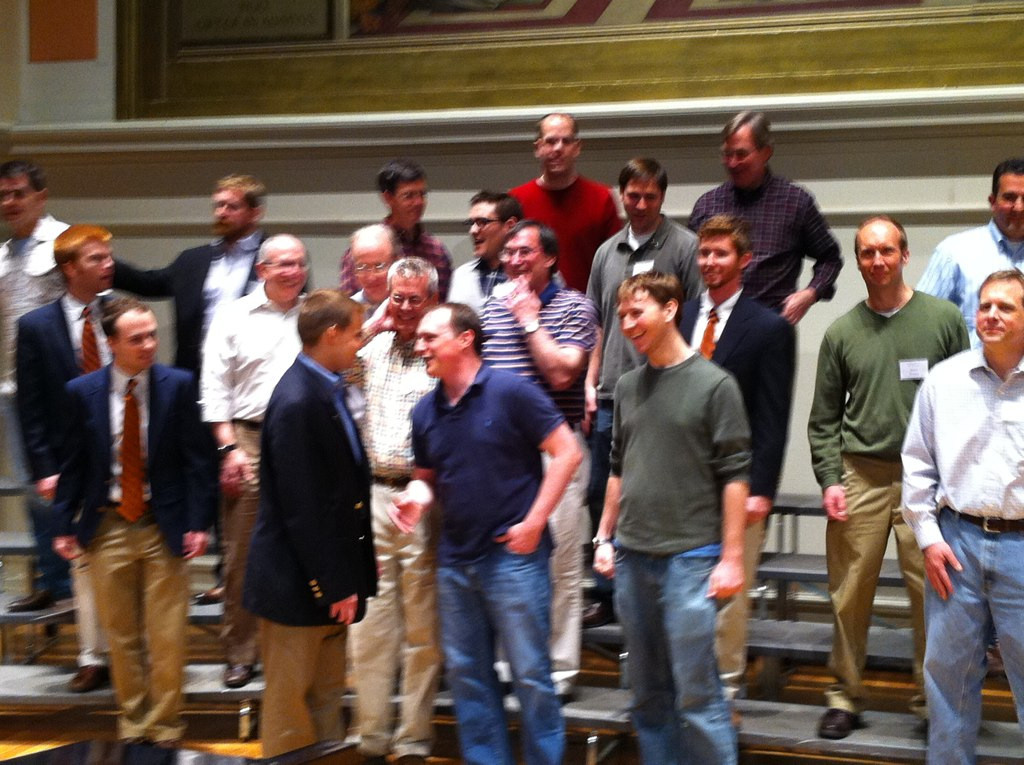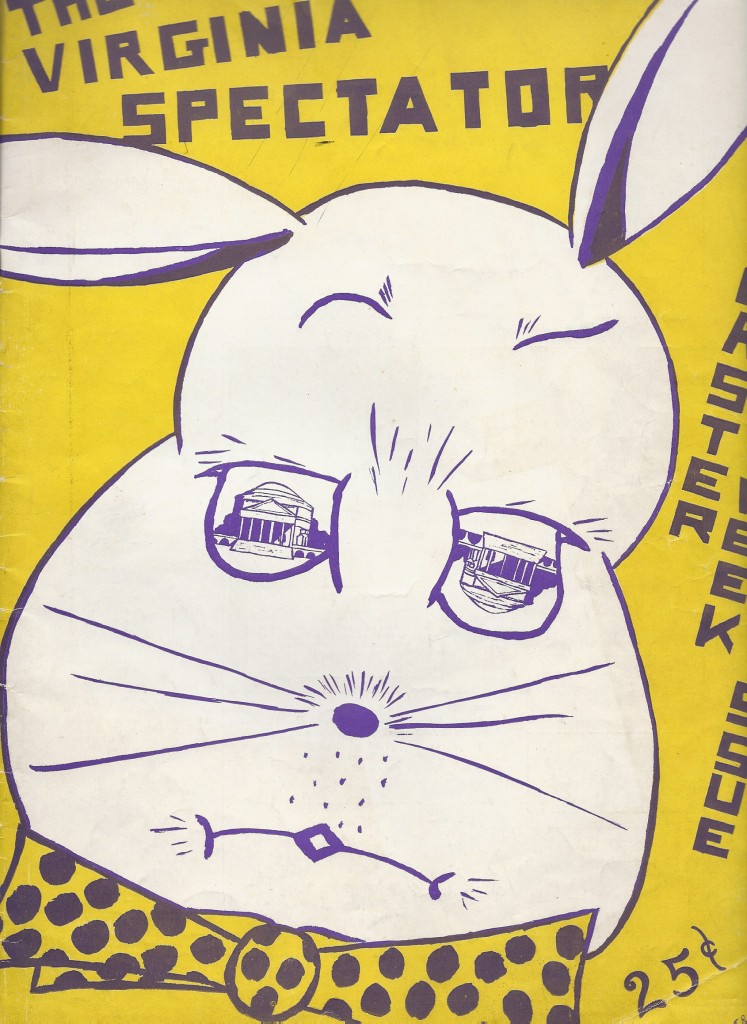I’ll be traveling next week to the big security industry trade show, but hope still to manage some blogging. It should be … interesting. There’s some very cool stuff coming up from us, and always a few new things to see from competitors and hear about from the market. But in the meantime, there’s Random 5!
- Reckoner (Piano/Strings Stem) – Radiohead (Reckoner (Instrument Stems) – EP). Radiohead, experimenting with distribution and business models around the time of the In Rainbows album, released five separate instrument stem tracks for their song Reckoner. The tracks conserve whitespace and so are not for casual listening—this track opens with 1:22 of silence—but repay close inspection. With this stem you can hear how the piano provides a chord progression which is then picked up by the strings, for a net effect that wouldn’t be out of place in a soundtrack.
- Anecdotes – Joanna Newsom (Divers). I like this track just fine, but I preferred Joanna Newsom before her edges were sanded off.
- Toyland – Anita Ellis (Vintage Christmas). Man, remember when pop songs had serious orchestration with artistic interest and value? Yeah, me either.
- For What It’s Worth – Talk Talk (The Very Best Of). This anthology isn’t the “very best of” Talk Talk—that’s their album Laughing Stock—but has some otherwise interesting tracks, such as this non-album track. Built with the same instrumental essentials as any mid-80s track (the bass treatment could be heard on lots of 80s pop), the minimal slow burn of the two-chord vamp on which the song is built makes it stronger—and stranger—than many of its contemporaries. And then there’s…
- The Sea Incertain – Gastr Del Sol (Upgrade & Afterlife). David Grubbs and Jim O’Rourke doing what they do best: a piano exploring a set of changes on a simple melody is gradually pushed to the background by electronic whistling sounds, a straining clarinet, and feedback. Essential listening.


